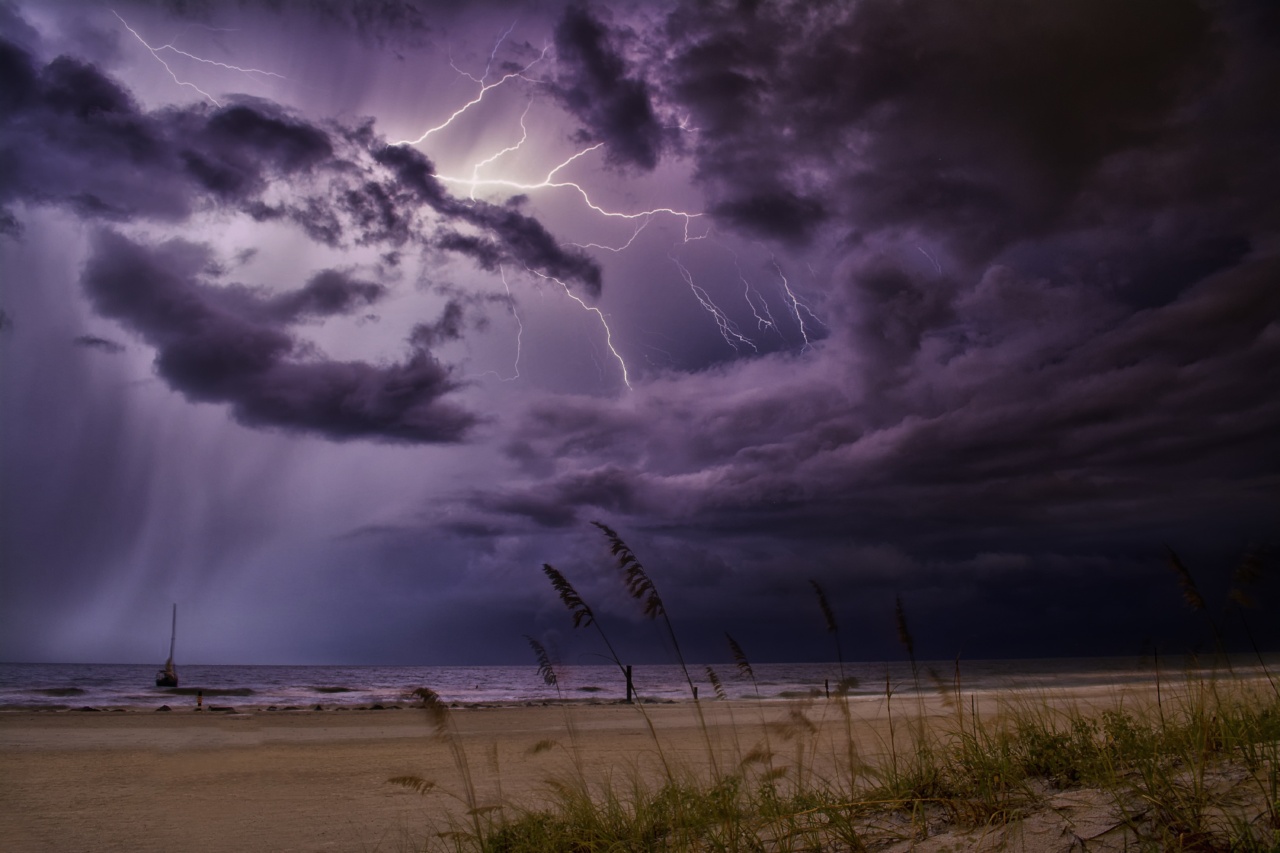Sea water contamination is a serious issue that poses a variety of risks to both humans and marine life. Contaminants in the water can come from a range of sources, including oil spills, sewage, industrial runoff, and agricultural waste.
Health Risks of Contaminated Sea Water
Swimming in or drinking contaminated sea water can lead to a range of health problems. Here are a few of the most common risks:.
Gastrointestinal Illness
Contaminants in seawater can cause stomach and intestinal problems, leading to diarrhea, vomiting, and dehydration. This is especially common for people who swallow sea water while swimming, surfing, or engaging in other water sports.
Respiratory Issues
Swimming in contaminated water can also lead to respiratory issues, such as asthma and bronchitis. This is because harmful bacteria and viruses can become airborne and enter the lungs.
Skin Problems
Contact with contaminated seawater can lead to a range of skin problems, including rashes, infections, and irritations. This is because the water can contain harmful chemicals and pollutants that can cause skin irritation or even allergic reactions.
Marine Life at Risk
Contaminated seawater doesn’t just harm humans; it can also be disastrous for marine life. Here are just a few of the dangers it poses:.
Death and Disease
Marine animals that come into contact with contaminated water can suffer serious illness or even death. Toxic substances can damage or destroy vital organs and tissue, leading to a range of health problems that can be fatal.
Disruption of Ecosystems
Contamination can alter the balance of life in the ocean, leading to disruption of important ecosystems.
Species of fish and other marine animals can die out or be forced to migrate if they can’t survive in polluted waters, which can lead to further imbalances in the ecosystem.
Preventing Sea Water Contamination
The best way to protect against the dangers of contaminated seawater is to work to prevent contamination in the first place. Here are a few key strategies:.
Reduce Water Pollution
Reducing water pollution is crucial to preventing contamination of seawater.
This can be achieved by implementing stricter regulations on industrial runoff, managing agricultural waste more effectively, and reducing the amount of plastic and other waste that enters the ocean.
Improve Sewage Treatment
Sewage treatment is another critical area for preventing water contamination. Upgraded treatment plants and more effective treatment methods can reduce the amount of harmful contaminants that enter the ocean.
Monitor Beaches
Regularly monitoring beaches and other areas of high human activity can help identify and address sources of water pollution. By keeping an eye on water quality, officials can work to mitigate any potential risks and prevent further contamination.
Conclusion
Contaminated sea water poses a significant risk to both humans and marine life.
By taking steps to reduce pollution, improve sewage treatment, and monitor water quality, we can help prevent contamination and keep our oceans safe and healthy for generations to come.






























